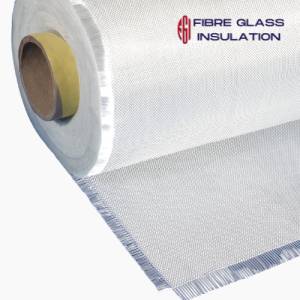
Woven roving is a versatile reinforcement material widely used in the manufacturing of composite materials. This product offers a superior combination of strength, durability, and processability, making it ideal for a broad range of applications.
Product Description:
Woven roving consists of continuous filaments of fiberglass (typically E-glass) that are woven into a fabric structure. This weaving process creates a strong, stable material with excellent mechanical properties. Unlike chopped strand mat or other non-woven reinforcements, woven roving provides a highly directional strength, offering significant advantages in applications requiring high tensile or compressive strength in specific orientations.
Key Features & Benefits:
Technical Specifications:
Applications:
Woven roving finds extensive use in a variety of industries and applications, including:
Ordering Information:
Please specify the following when placing your order:
Contact us today to discuss your specific requirements and receive a custom quote!